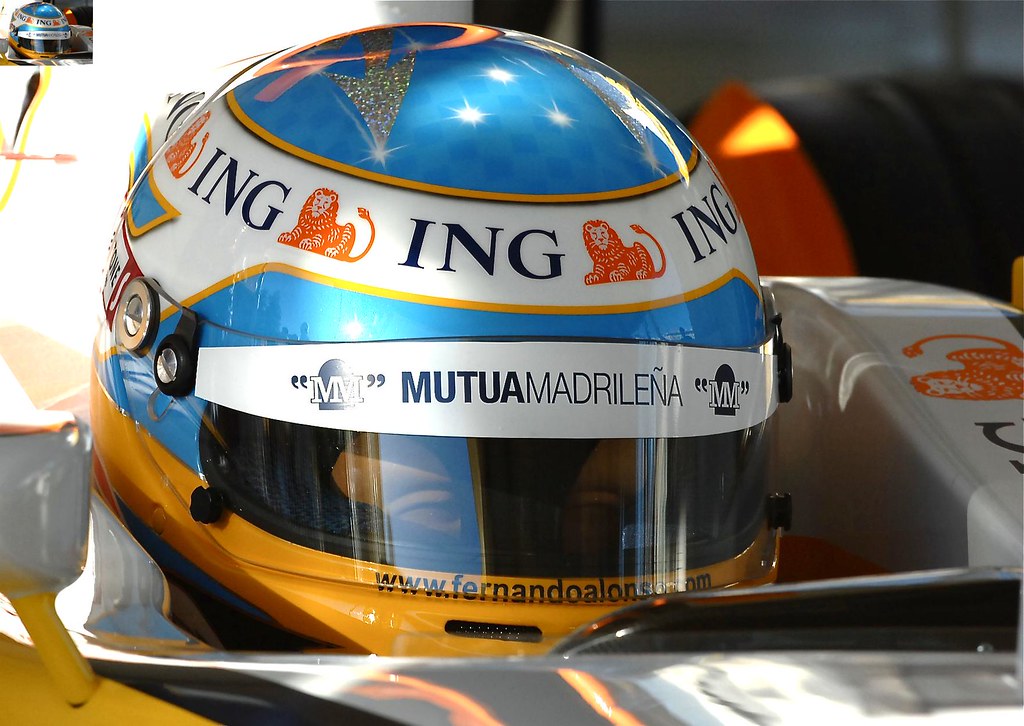A racing helmet is not just a piece of safety equipment; it’s a racer’s lifeline in the high-speed world of motorsports. Beyond its primary function of protecting the head during impacts, a well-maintained helmet also ensures visibility, comfort, and can even boost a driver’s confidence on the track. Proper cleaning and care are crucial to preserving a helmet’s integrity and functionality.
This article offers comprehensive tips on maintaining your racing helmet, ensuring it remains in top condition race after race.
Understanding Helmet Composition
Before diving into maintenance tips, it’s important to understand the components of a racing helmet. Typically, a helmet consists of an outer shell, an impact-absorbing liner, comfort padding, a visor, and a retention system (chin strap). Each component requires specific care to maintain its performance and safety features.
Regular Inspection: The First Step in Helmet Care
Check for Damage
Regularly inspect your helmet for cracks, dents, or any signs of wear in the shell, liner, and visor. Even minor damage can compromise the helmet’s protective capabilities.
Assess the Fit
Over time, padding can compress, altering the fit of your helmet. Ensure it still fits snugly and adjust or replace padding as necessary.
Cleaning the Outer Shell
Gentle Cleaning Solutions
Use mild soap and water to clean the outer shell. Avoid harsh chemicals or solvents that can degrade the helmet’s materials and affect its structural integrity.
Soft Cloth or Sponge
Use a soft cloth or sponge to apply the cleaning solution, gently wiping away dirt and grime. Rinse with clean water and dry with a soft, lint-free cloth.
Caring for the Helmet Interior
Removable Linings
If your track day helmet has removable linings and cheek pads, take them out and follow the manufacturer’s instructions for washing. Hand washing in mild soap and air drying is often recommended.
Non-Removable Interiors
For helmets with non-removable interiors, use a damp cloth and mild soap to gently clean the padding. Allow the helmet to air dry completely before using it again.
Visor Maintenance
Cleaning the Visor
Clean the visor with mild soap and lukewarm water. Avoid using household glass cleaners, which can contain ammonia or alcohol, leading to visor damage.
Anti-Fog Treatments
Apply anti-fog treatments according to the product instructions. These treatments can help maintain clear visibility in various racing conditions.
Scratch Prevention
Always use a soft cloth for cleaning and avoid wiping the visor with dry materials, which can cause scratches. Store the helmet in a protective bag to keep the visor scratch-free.
Helmet Ventilation System Care
Clearing the Vents
Use compressed air or a soft brush to remove debris from the helmet’s ventilation system. Keeping vents clear ensures optimal airflow and comfort during use.
Retention System and Hardware
Inspect and Clean
Regularly inspect the chin strap and hardware for signs of wear or damage. Clean the strap with mild soap and water, ensuring it’s fully dry before use.
Check Functionality
Ensure buckles and fasteners operate smoothly. Lubricate if necessary, using a silicone-based product to prevent dirt accumulation.
Storing Your Helmet
Cool, Dry Place
Store your helmet in a cool, dry place, away from direct sunlight and extreme temperatures, which can degrade the materials over time.
Use a Helmet Bag
A helmet bag can protect against dust and accidental knocks. Ensure the helmet is completely dry before storing it to prevent mold and mildew growth.
When to Replace Your Helmet
After a Significant Impact
Replace your helmet after a significant impact, even if no damage is visible. The impact-absorbing materials may be compromised, reducing the helmet’s protective capabilities.
Manufacturer’s Recommendations
Follow the manufacturer’s recommendations for helmet lifespan. Generally, replacing your helmet every 3-5 years is advised, depending on usage and advances in helmet technology.
Conclusion
Maintaining your racing helmet through regular cleaning, inspection, and care is essential for ensuring its longevity and effectiveness as a safety device. A well-maintained helmet not only protects you in the event of an accident but also enhances your overall racing experience. By following these tips, you can ensure that your helmet remains in top condition, ready to serve its critical function on the track. Remember, a clean and well-cared-for helmet is an integral part of your racing gear, reflecting your commitment to safety and performance in the demanding world of motorsport racing.



